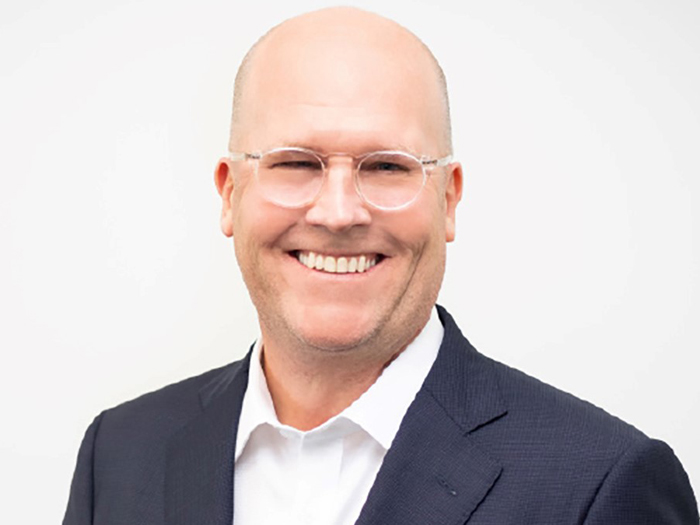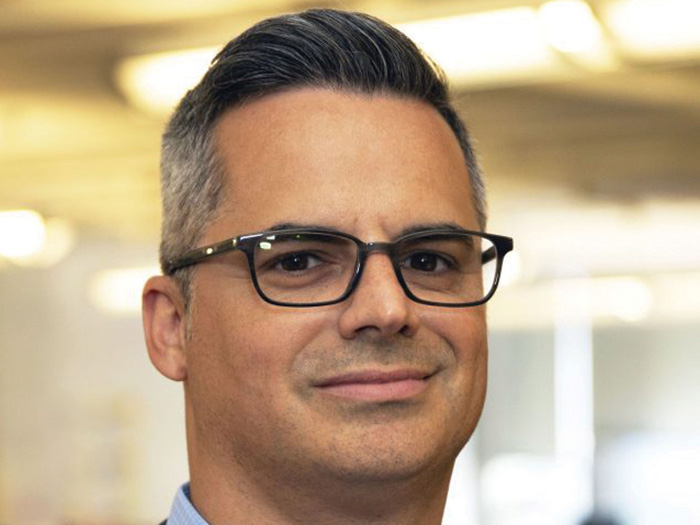One Call’s CEO Tom Warsop on the COVID-19 Shift in Worker Safety and Recovery

In March, as COVID-19 altered life as we knew it, Risk & Insurance® interviewed One Call CEO Tom Warsop about how the pandemic could impact the workers’ compensation space. Issues such as a certain decline in claims frequency, limits in provider capacity and the increased use of telemedicine were a part of that conversation.
Now, with the experience of three months of modified working conditions and business models, we’ve resumed the conversation with Mr. Warsop to see how he now sees the workers’ compensation landscape.
He revealed that technology ended up playing a very successful role, more than many might have imagined, during the pandemic. He also reported workforces have learned intriguing lessons about working from home and how it impacts their job performance and career engagement.
Following are some of the key takeaways from our second conversation with Warsop on the industry impact of COVID-19.
Telerehab to the Fore
The potential of telemedicine in workers’ compensation has been a part of planning discussions for years now. One Call’s Warsop said that it’s in the area of telerehab that he and his team have seen a startling burst of business growth as workers confined to their homes sought rehab guidance remotely.
“The larger category is, of course, telemedicine,” Warsop said.
“But physical therapists have very quickly latched on to the use of virtual therapy or telerehab. We’ve had that available for a long time, but the take up on it was very, very small traditionally,” he said.
“The conventional wisdom was, well, a physical therapist has to touch you. They have to show you how to do the exercise and they have to manipulate the muscle. It turns out that for lots and lots of injuries that isn’t true,” Warsop said.
It turns out that demonstrating rehab exercises over video works pretty well, in most cases.
“Not for everything, but for a lot of things,” Warsop said.
“So, what we’ve seen in that space, we and everybody in the industry, is dramatic growth, exponential growth. Telerehab, and more broadly speaking telemedicine, is something that is not going to go away,” he added.
Warsop said in his business, the use of telerehab has increased 2000% during the COVID crisis.
Remote Workers: Engaged Workers?
The other area where technology has played an outsized role for not only workers’ compensation claims organizations but the workforce in general is in the area of teleconferencing. Warsop said he’s been pleasantly surprised at how well tele-meetings have worked for decision makers in his company.
“Once everyone had to start working remotely, they figured it out really fast,” Warsop said.
Warsop said he was aware of the sentiments of those in his company and the industry in general who felt that they couldn’t perform well, meeting remotely with others. But he said in the majority of cases, the use of remote conferencing technologies has worked out “pretty darn well.”
That result led to a shift in how Warsop and his leadership team are going to manage the One Call workforce. Whereas, pre-COVID, perhaps 20% of One Call’s team worked from home, that segment is going to be more in the 50% range going forward.
“A very large number of our people are not going to regularly come back into the office, even once this is all behind us,” Warsop said.
“And we’ve actually seen substantial increases in productivity for some people who are working remotely versus when they were working in the office,” he added.
“I can’t even count the number of people who have said to me, ‘Hey, I really like this. Let’s keep doing it.’ And so we are, and I know lots of other companies are doing the same,” he said.
A Business Model Shift
The attitudes of claims managers and other workers’ compensation professionals toward working remotely isn’t the only big shift in workers’ compensation. As Warsop, and no doubt others, forecasted in March, claims frequency plummeted as substantial parts of the workforce were idled or switched to a work-from-home status.
One twist in this economic tale as it impacts worker injury, and it’s really just a hunch on Warsop’s part, is that remote workers will be less likely to be hurt because they know the layout of their homes so well.
“I think that familiarity with the environment will actually lead to fewer injuries and fewer clients. And that’s all good. That’s great actually,” he said.
In the short term, that and other factors represents a drop in business volume for workers’ compensation claims organizations. It also represents an opportunity for medical management companies and other players in the workers’ compensation space to offer a different suite of services that better addresses the needs of their customers.
“Now, the challenge for a business like ours is, how do we actually make money beyond helping injured workers?” he said.
In the case of Warsop and One Call, that has meant a pivot to offering consulting services that help companies bring workers back to safe environments when they do come back to the office, service sector, or manufacturing positions, or give them guidance on how to help remote workers be healthier. One example would be making home offices more ergonomically correct.
“We have a consulting practice that helps organizations make their workplaces, whether it’s home, a coffee shop or an office safer,” Warsop said.
“We help employers promote wellness and safety in the workplace by helping to improve ergonomics, space out desks more, and position health checks and assessments at the appointed ingress to offices,” he said.
In the case of a worker still working from home, Warsop said his group will offer consultation to the employer on how they can make that employee’s home a safer place to work. They leave it up to the employer to implement those improvements in homework spaces.
“Thinking about how to mitigate risks in the workplace is a natural thing for us to do,” Warsop said.
“So, we’ll have fewer workers’ comp claims and, at least for some period of time, we’ll have fewer referrals for the work we do,” he said.
“We’re picking up the slack with these injury prevention and workplace improvement opportunities,” he added.
Going Forward
For now, the focus will be on helping employers bring workers back to safe environments. This is an opportunity for companies such as One Call to come up with solutions that are transparent and actionable.
“We’re thinking it through from A to Z. We’re thinking through various scenarios to ensure employee safety,” he said.
“There’s a whole big portion around education — making sure that no matter what we do as employers, employees are continuing to be smart about how to stay healthy and safe, how to do the right level of social distancing,” he said.
That includes the reality that furloughed workers coming back to physically demanding jobs will need training and acclimation to make sure they don’t hurt themselves as their productivity ramps back up.
There is also the possibility that COVID-19 infection rates could rise back up, or, further in the future, some new pandemic might rock the workforce like the coronavirus did.
“It’s getting better and people are feeling better about this particular virus, but who’s to say there won’t be another one and we need to be smart about that,” Warsop said. &










